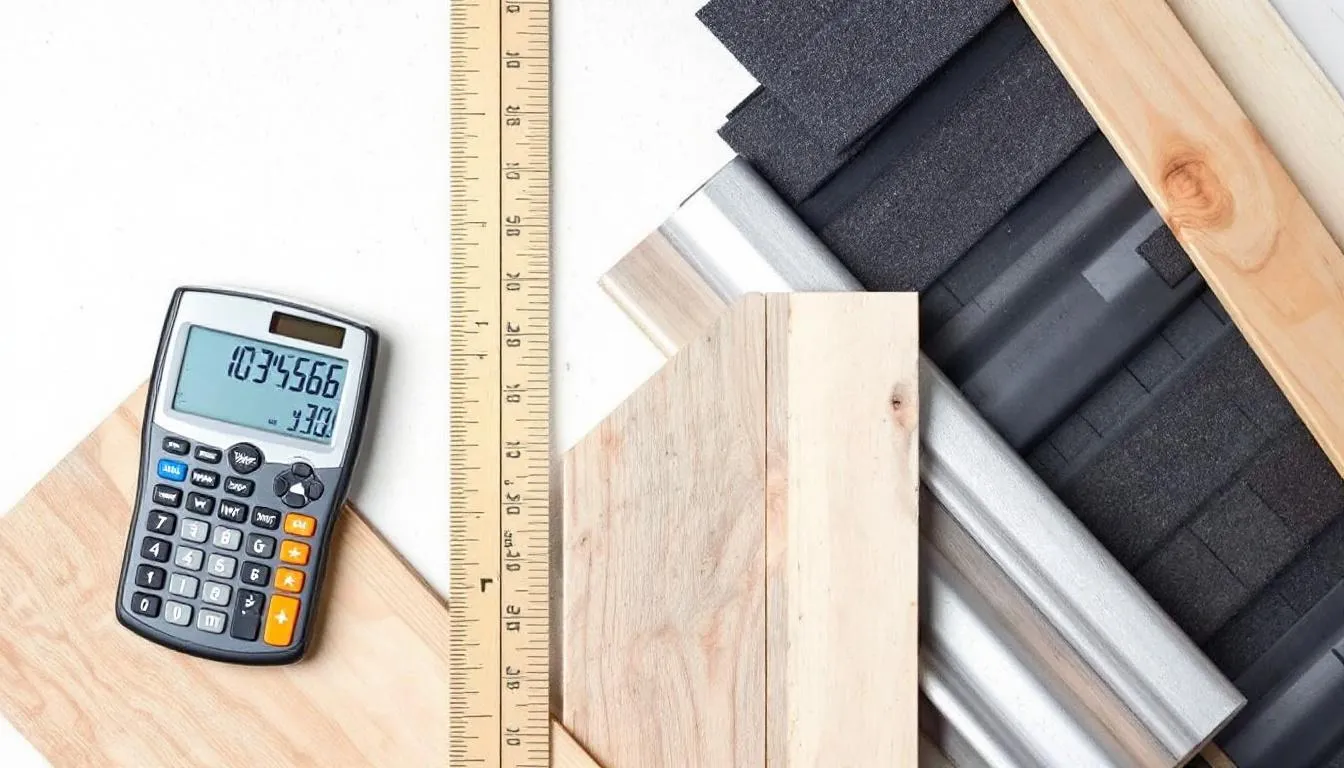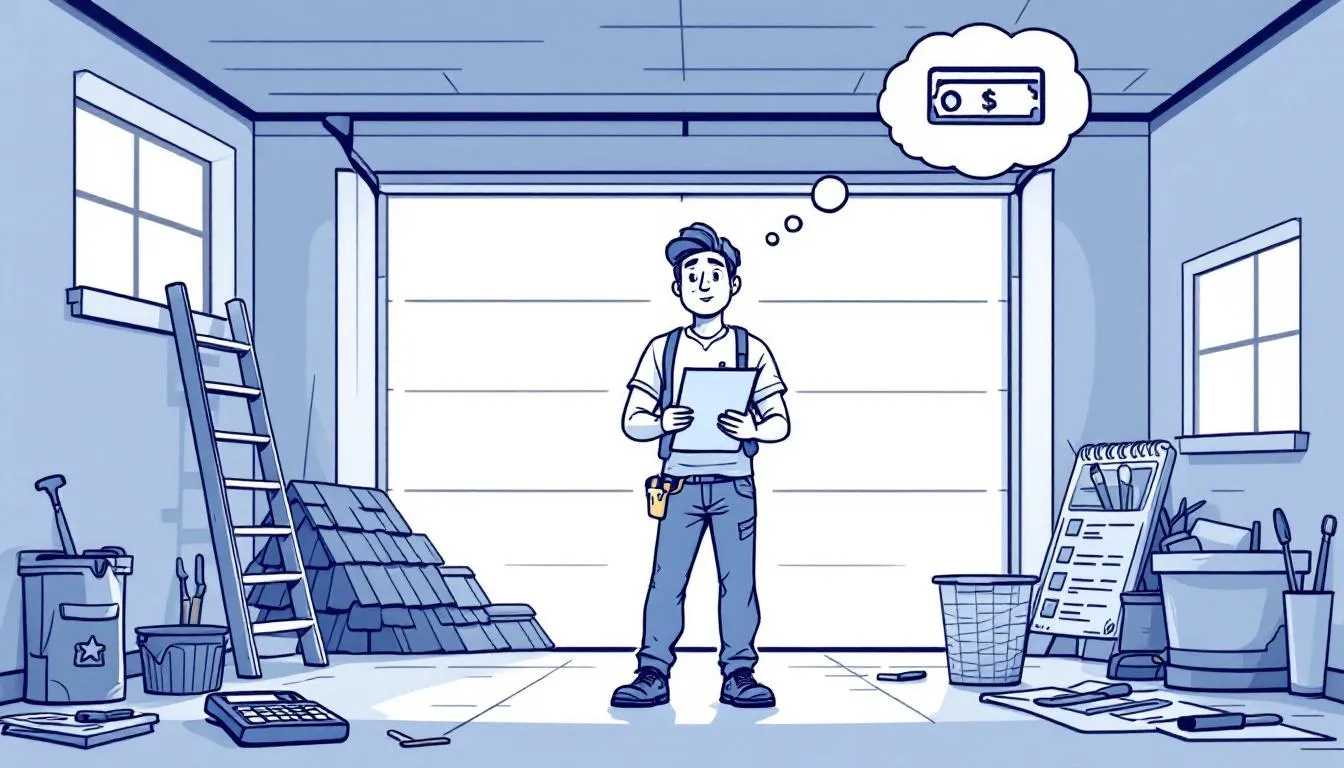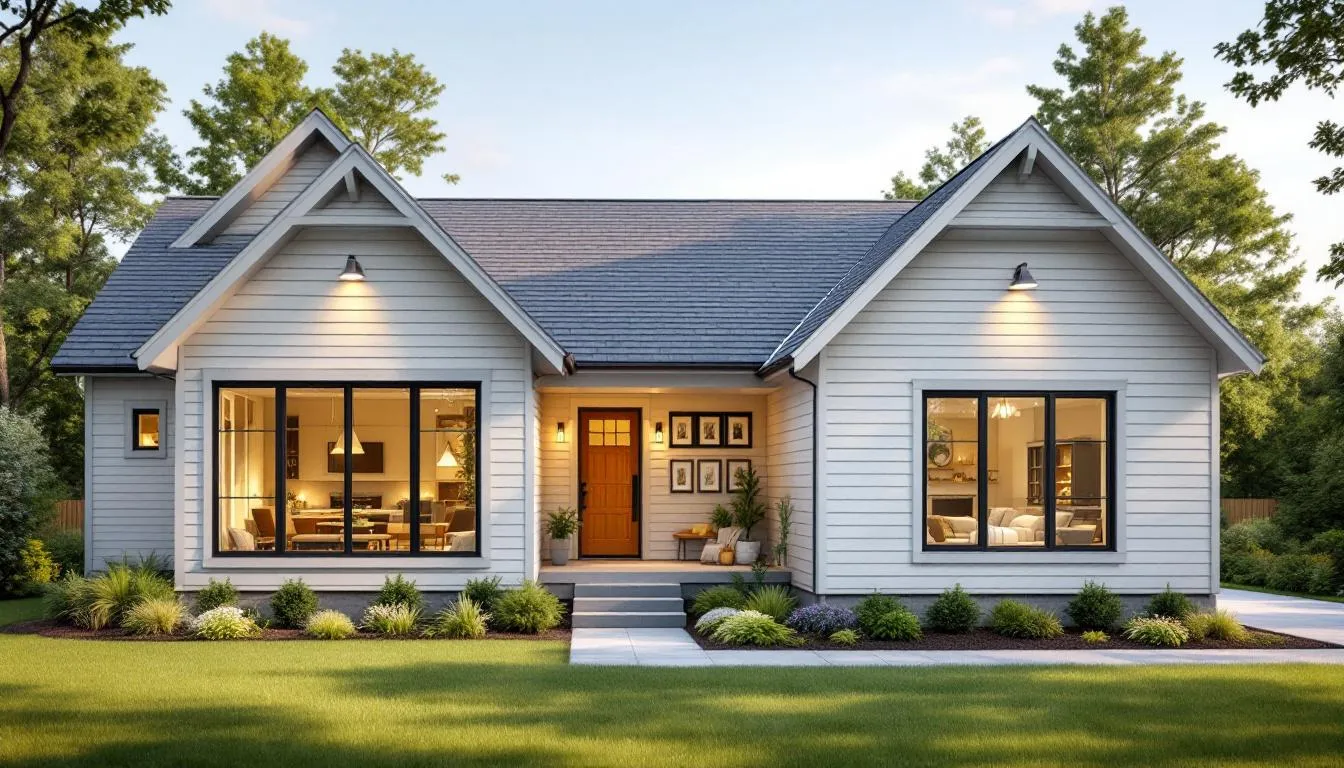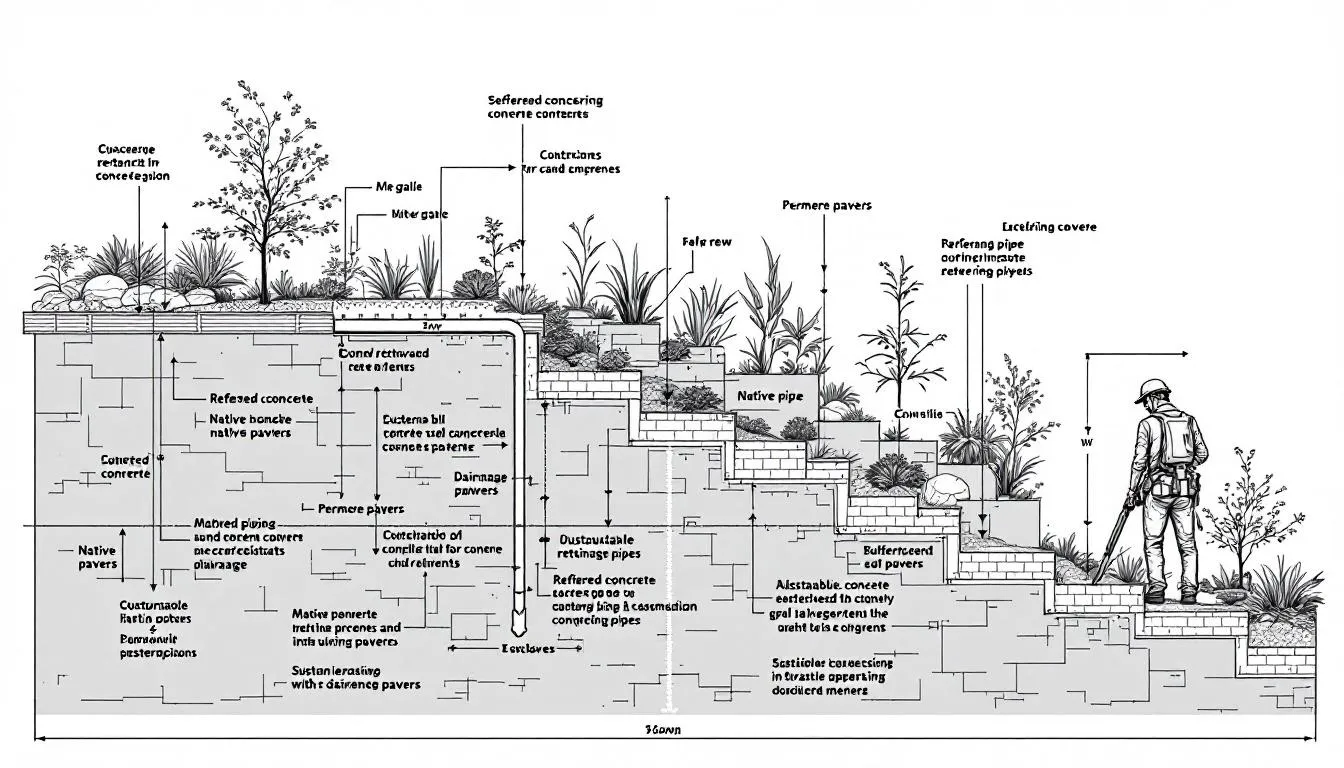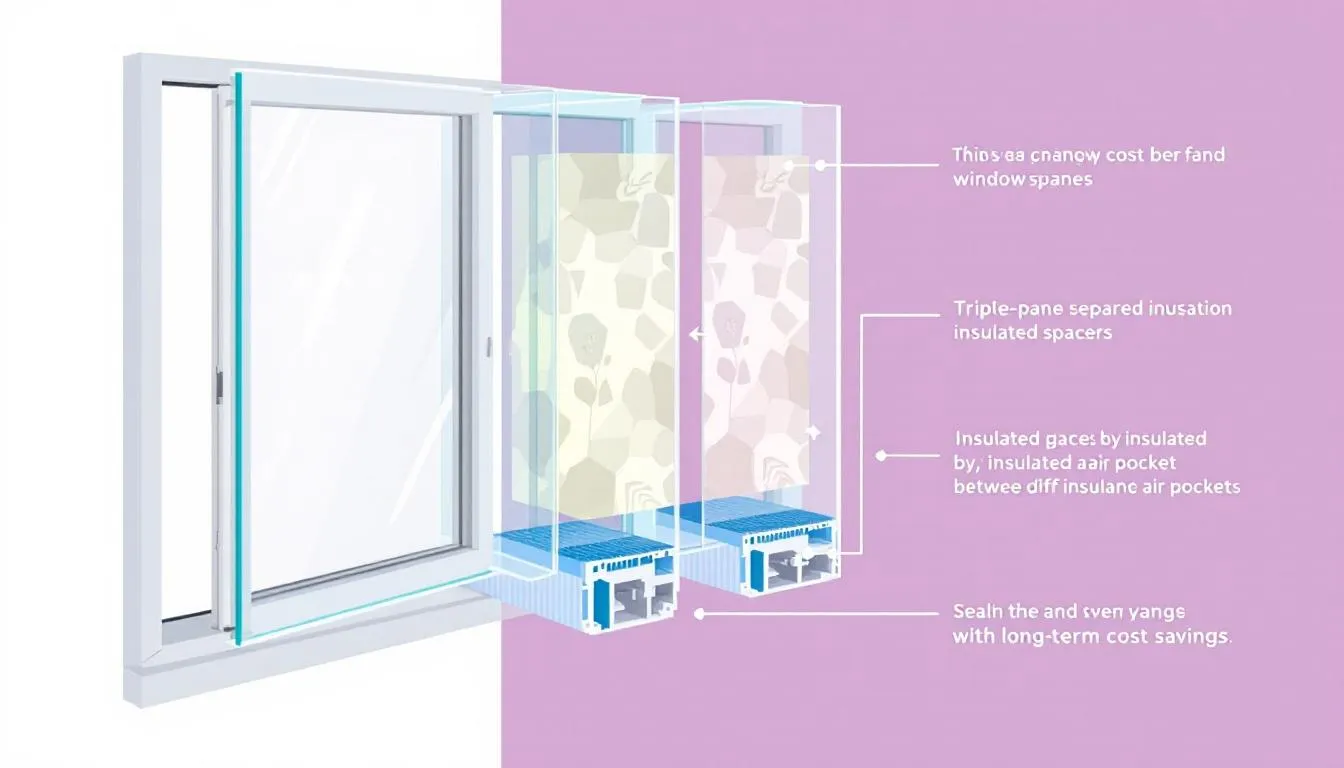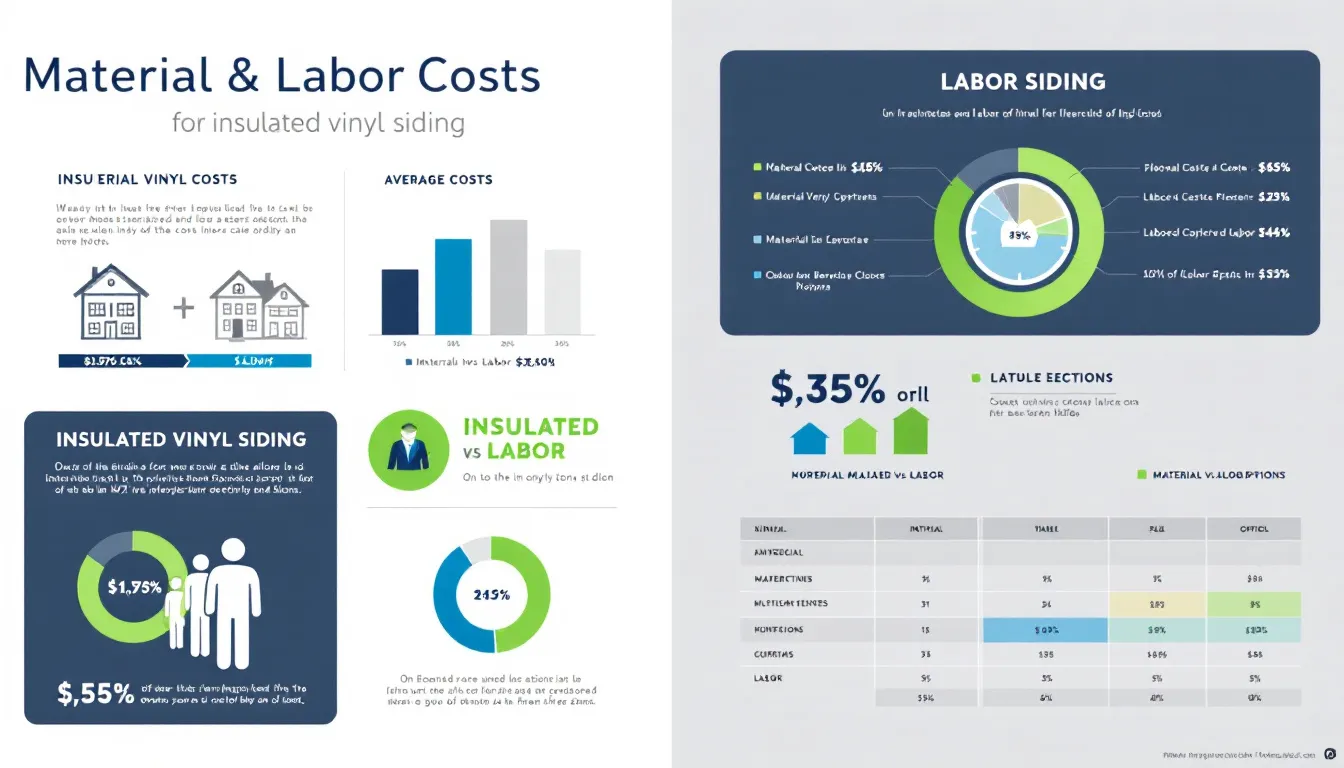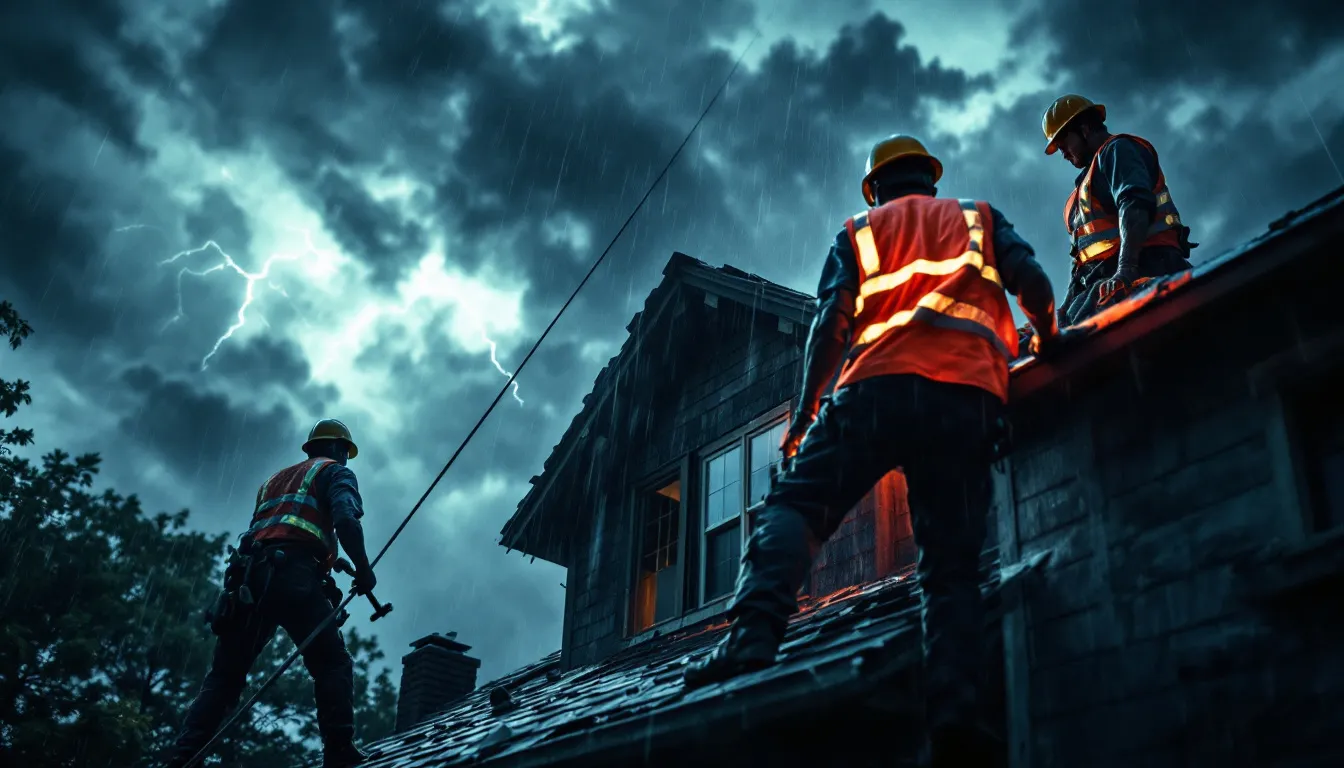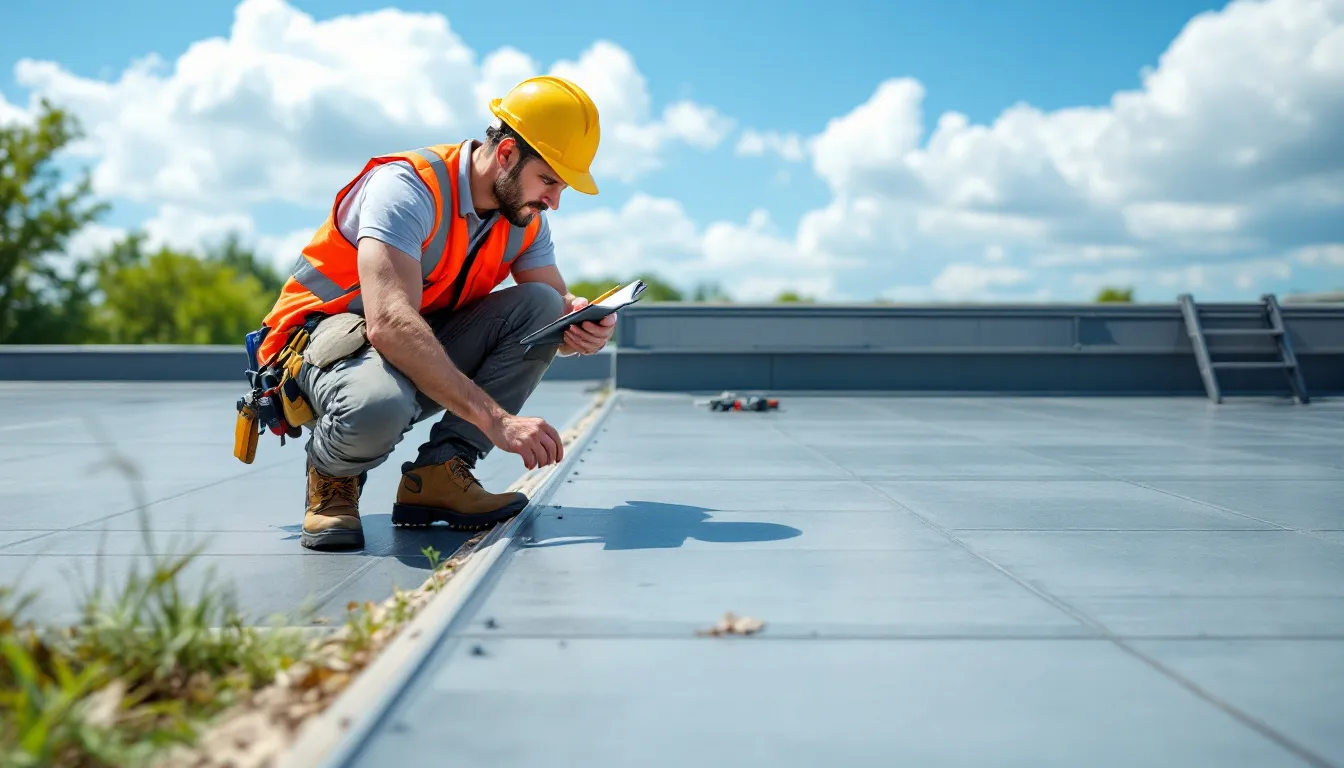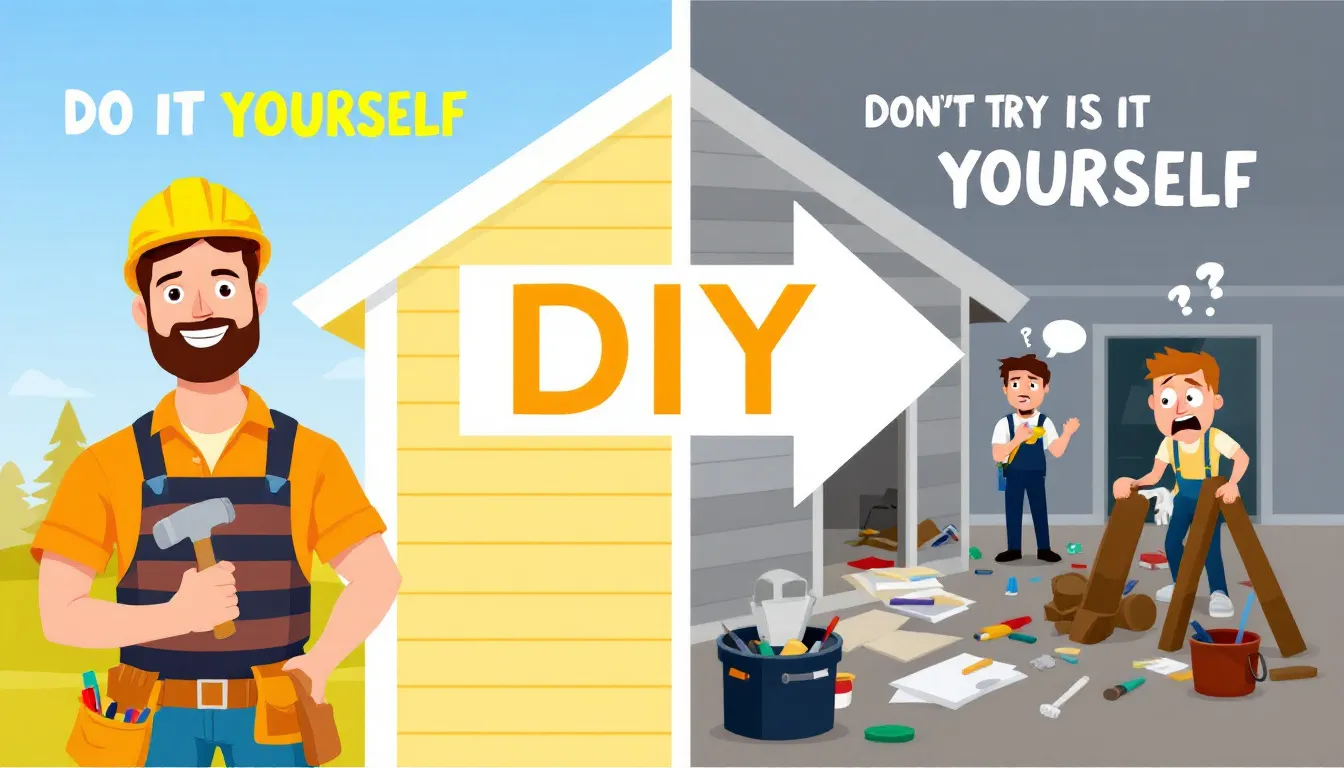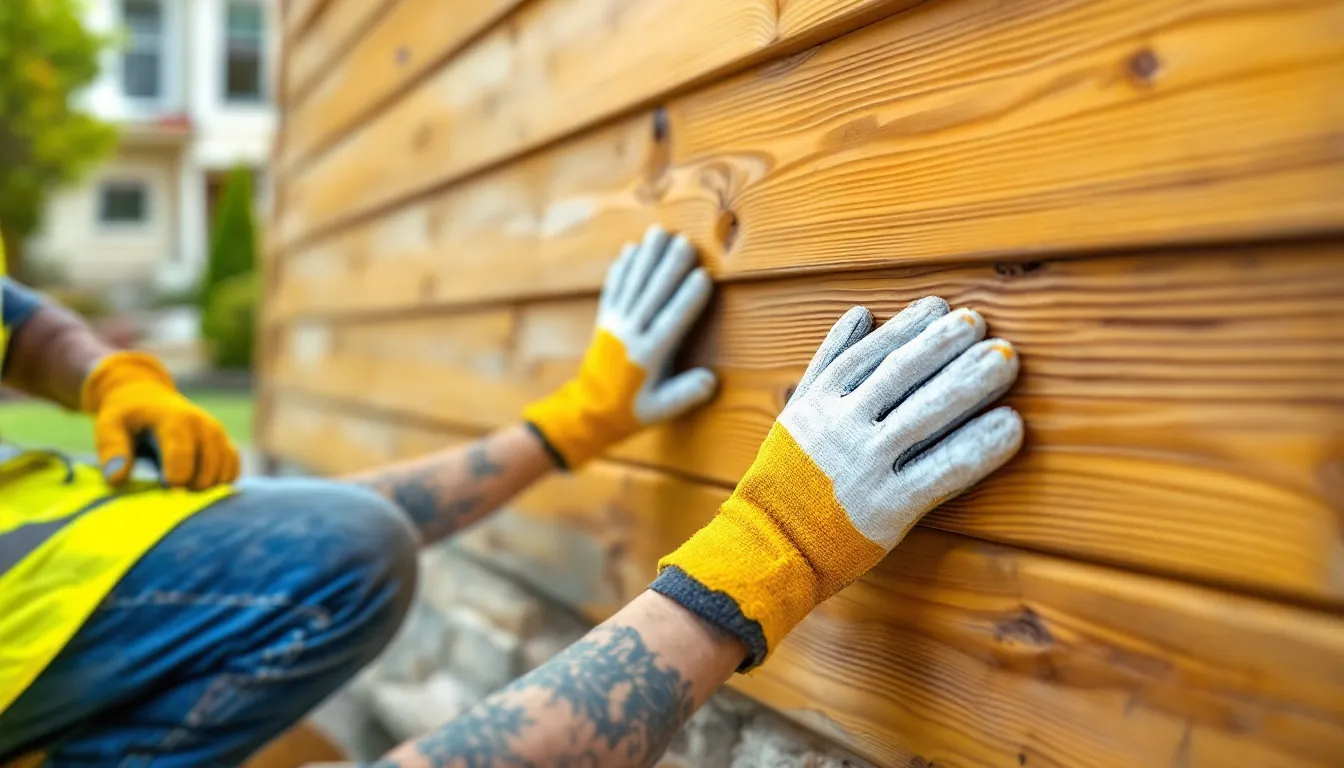Signs You Shouldn't Ignore: When to Replace Your Home’s Siding
Noticed issues with your home’s siding? Learn the main signs it’s time to replace your home’s siding in this article. Early detection can prevent costly damage and maintain your home’s value.
Key Takeaways
Warped, cracked, or rotting siding indicates a need for immediate replacement to prevent structural damage.
The presence of mold, mildew, or excessive fading signals moisture issues and loss of protective qualities in siding, necessitating replacement.
Frequent repainting and rising energy bills suggest that the siding is failing to provide adequate insulation and protection, warranting a replacement.
Warped or Cracked Siding Panels
Warped or cracked siding panels are often the first indicators that something is wrong. Warping can result from prolonged exposure to extreme weather conditions or decay in the underlying layers of the siding. This warping goes beyond aesthetics; it can lead to severe structural damage if left unaddressed. Notice warped panels? It’s time to consider a siding replacement project.
Cracks and loose boards are equally concerning. Small cracks might seem insignificant, but they can quickly expand, allowing moisture to seep in and cause further damage. Ignoring cracks compromises the integrity of the siding and the home’s exterior. Immediate action can prevent minor issues from escalating into major headaches.
Rotting siding is another red flag that requires immediate attention. Often, areas of dry rot may not be visible from the outside, making careful inspection crucial. Ignoring rotting siding can lead to the rot spreading and causing more extensive damage, potentially impacting your home’s structural integrity.
Addressing these issues promptly can save you from costly repairs and ensure your home remains safe.
Warped or cracked siding panels clearly indicate that your siding has reached the end of its lifespan.
Whether you have wood siding, vinyl, or cedar siding, maintaining the integrity of your home’s exterior is paramount. Don’t wait until the damage extends to your walls or results in loose wallpaper inside your home. Take the necessary steps to replace your siding and protect your investment.
Presence of Mold, Mildew, or Fungus
The sight of mold, mildew, or fungus on your siding is more than just an eyesore; it’s a sign of a serious moisture problem. These substances grow in damp environments, indicating that moisture is trapped within or behind your siding. This can lead to significant water damage if not addressed promptly. Proper siding should prevent moisture from reaching the underlying materials, so the presence of mold or mildew often signifies that your siding is failing.
Improper installation or aging siding materials often lead to mold growth. Poor moisture barriers or ventilation allow water to seep in and become trapped, fostering mold growth. This can lead to dry rot and other structural problems that compromise your home’s safety and integrity. Spotting mold or mildew on your siding is a strong indication that it’s time for a replacement.
Sometimes, mold might be confined to just one or two panels. If the source of the moisture buildup is known and can be corrected, a small repair might suffice. However, if the problem is widespread, replacing the siding is the best course of action to prevent further damage and ensure the longevity of your home’s exterior.
Blistering or Bubbling on Siding
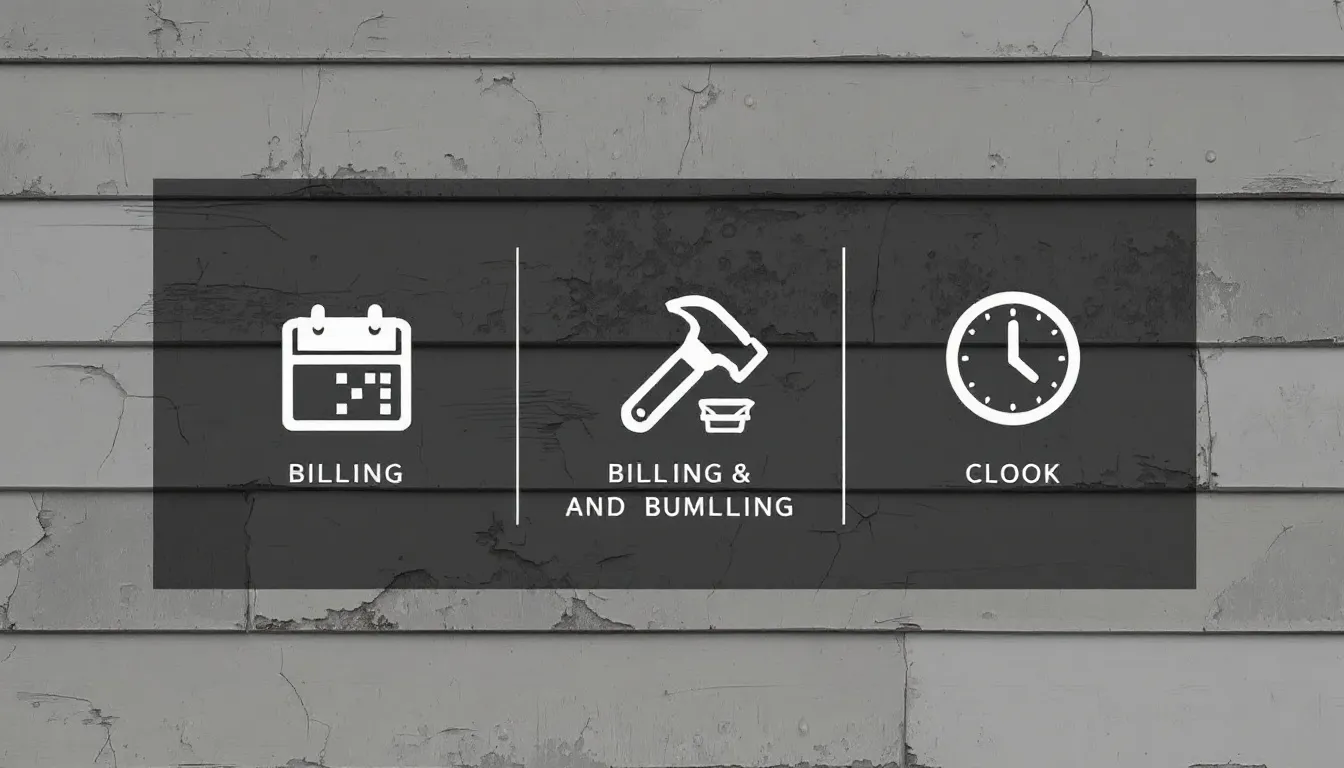
Blisters or bubbles on your siding are clear signs that water is trapped beneath the surface. This trapped moisture can cause significant damage over time, including rot and structural issues. Bubbling or blistering indicates that the siding is deteriorating and failing to protect your home effectively.
If you notice such signs, consider replacing your siding. Blistering often results from poor sealing or aging materials that no longer provide adequate protection. Sometimes, humidity and poor ventilation exacerbate the issue. Ignoring these signs can lead to more severe damage, so addressing them promptly is crucial.
Blistering or bubbling is more than an aesthetic issue; it indicates deeper problems that can compromise your home’s structural integrity. Replacing your siding ensures that your home remains protected from the elements and mitigates potential water damage.
Severely Faded or Discolored Siding
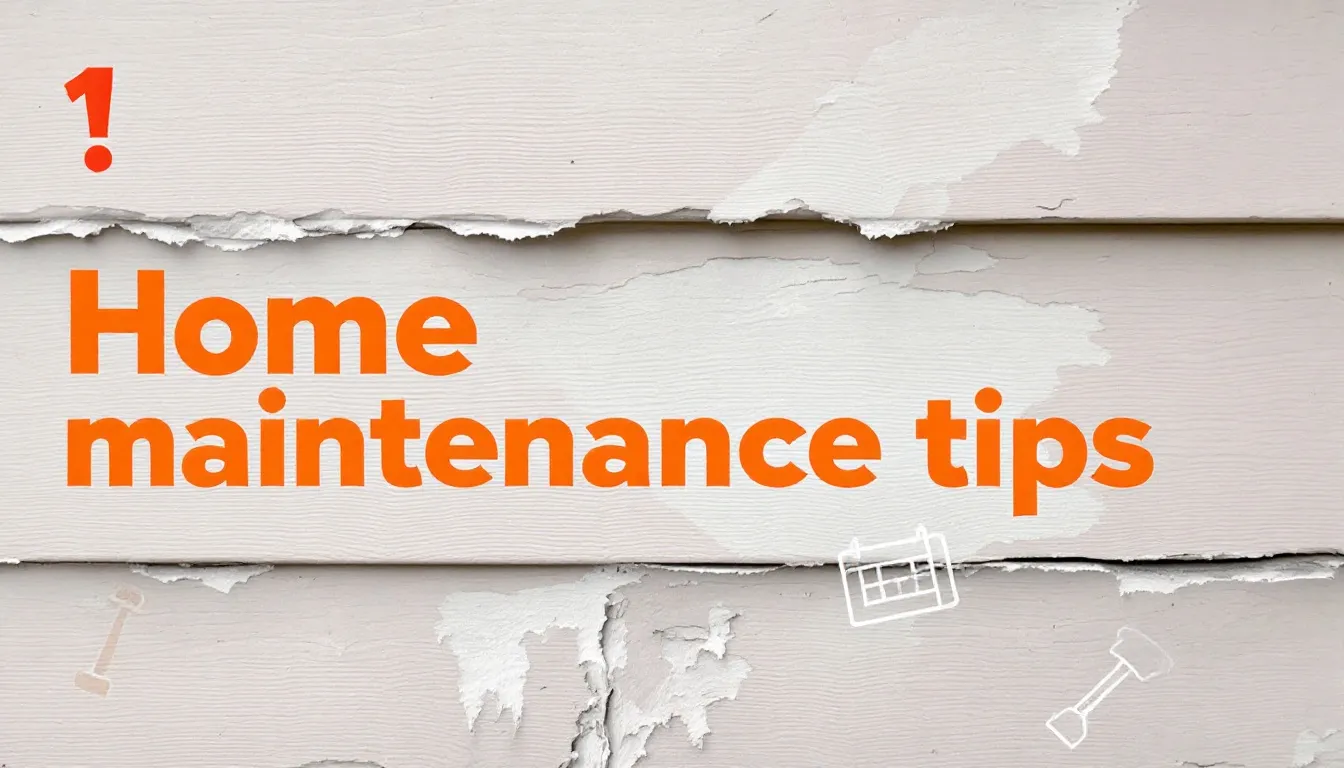
Severely faded or discolored siding signals that the siding has lost its weatherproofing properties. Over time, exposure to the sun and other elements can cause wood, vinyl siding, and other materials to fade significantly. This fading indicates that the siding is no longer providing adequate protection.
When siding begins to lose its color, it also loses its ability to protect your home from the elements. Severely faded siding can lead to moisture penetration, causing dry rot, mold, and other issues. Additionally, discolored siding detracts from your home’s curb appeal, making it less attractive to potential buyers.
Replacing faded or discolored siding can restore your home’s exterior to its former glory. New siding not only enhances the aesthetic appeal but also ensures that your home is well-protected against the elements. If your siding shows signs of severe fading, consider a siding replacement project.
Frequent Need for Painting
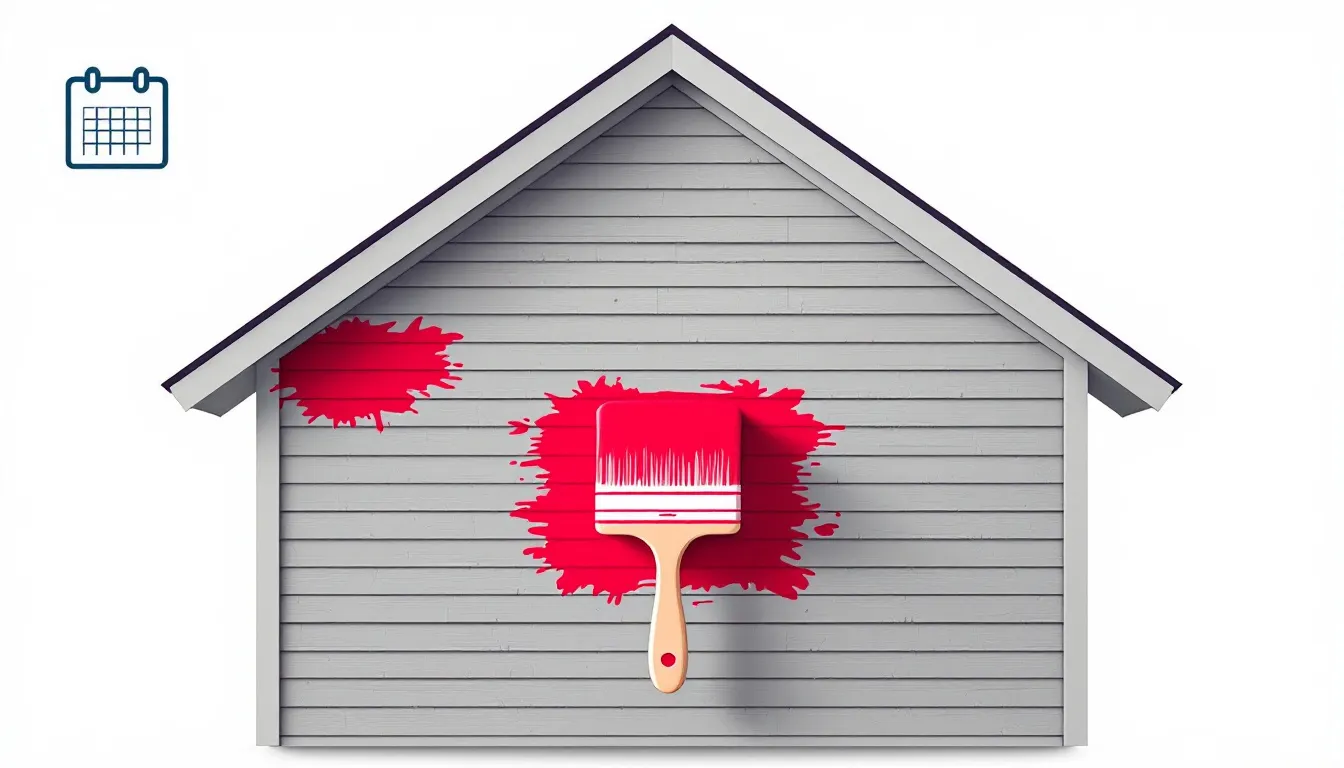
If you find yourself frequently repainting your home’s exterior, it may be a sign that your siding is no longer effective. Peeling paint often indicates that the siding beneath is failing to protect your home. When siding loses its integrity, it can no longer hold paint as well, leading to frequent repainting.
Experts suggest that if you need to repaint more than once every five years, it might be time to replace your siding. Frequent painting not only adds to your maintenance costs but also indicates that the siding is losing its protective properties. This can lead to further damage and potentially more expensive repairs.
Investing in new siding can achieve long-lasting color and reduce the need for frequent painting. This not only saves you time and money but also ensures that your home’s exterior remains in top condition. If you’re tired of constant repainting, consider the underlying issue and take action to replace your siding.
Rising Energy Bills
Have you noticed a spike in your energy bills recently? This could be a sign that your siding is not providing adequate insulation. Faulty or outdated siding materials can cause your HVAC system to work harder, leading to higher energy expenses. Inefficient siding allows air to escape, compromising your home’s insulation.
New siding can significantly enhance your home’s insulation, improving energy efficiency and reducing your energy bills in the long run. This not only makes your home more comfortable but also provides financial benefits. Investing in new siding can increase your home’s value and appeal to potential buyers.
If you’re experiencing higher energy bills, consider a siding replacement. Addressing the issue ensures your home remains energy-efficient and prevents your HVAC system from working overtime.
Interior Damage Signs
Sometimes, the signs of failing siding can be found inside your home. Loose wallpaper, peeling paint, and water damage indicate that your siding might be compromised. These issues often point to moisture problems originating from bad siding. If you notice these signs, check the exterior siding for potential replacement.
Interior damage can lead to more serious structural issues if not addressed promptly. Moisture that seeps through compromised siding can cause dry rot and other problems that affect your home’s structural integrity. Replacing the siding can prevent further damage and ensure your home’s safety.
Signs of interior damage are a red flag that something is wrong with your siding. Replacing your siding can prevent further issues and maintain your home’s structural integrity.
Preparing to Sell Your Home
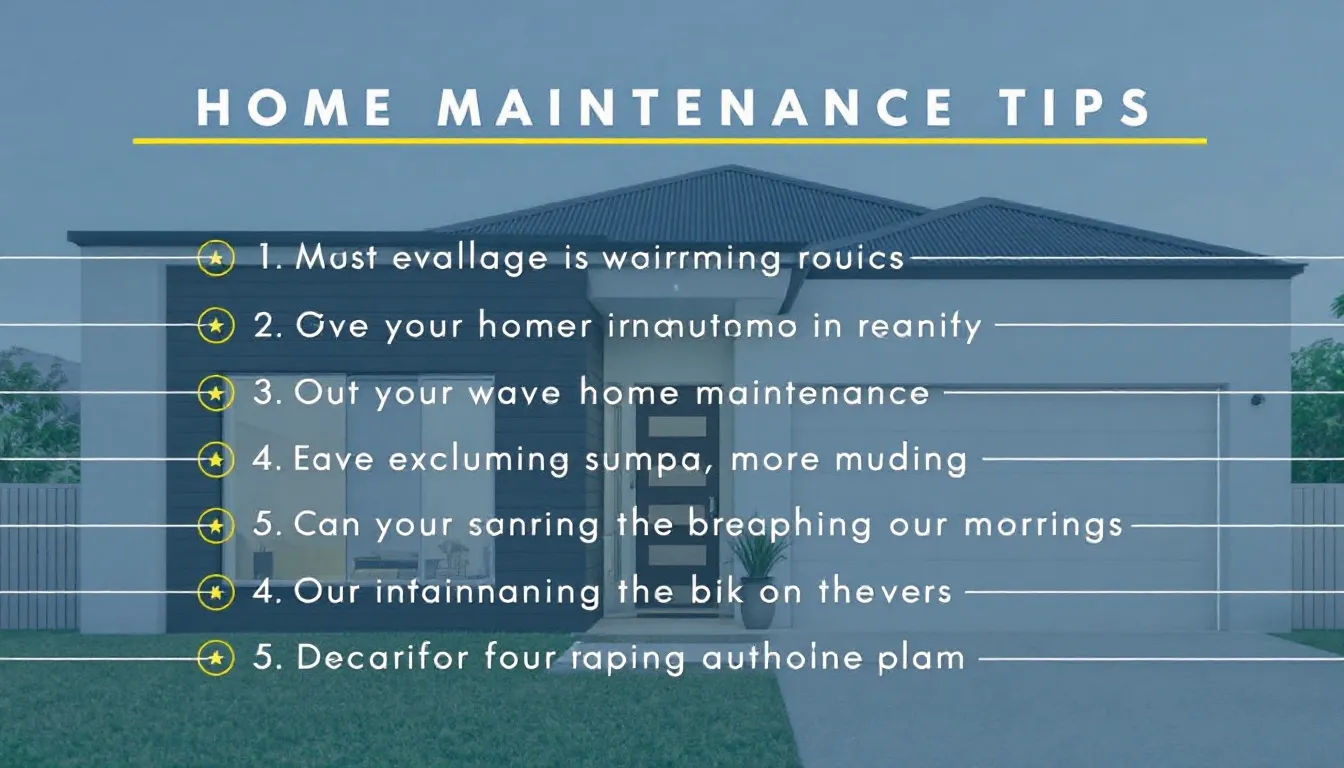
If you’re preparing to sell your home, investing in new siding can significantly boost its resale value. New siding enhances your home’s curb appeal, making it more attractive to potential buyers. Well-maintained home’s exterior can see price increases of up to 7%, compared to those with neglected appearances.
Damaged siding can discourage potential buyers and negatively impact their purchasing decision. Ensuring your home’s exterior is in top condition can attract more prospective buyers and potentially sell your home faster. A cost-free consultation with a siding professional can provide a comprehensive estimate and help you decide the best course of action.
Investing in new siding is not just about aesthetics; it’s about how siding protects your property and ensuring you get the best possible price when you sell. If your home’s aluminum siding shows signs of wear and tear, consider replacing it with quality siding before putting your house on the market.
Summary
Maintaining your home’s siding is crucial for protecting your investment and ensuring the longevity of your property. From warped or cracked panels to rising energy bills, various signs indicate when it’s time to replace your siding. Addressing these issues promptly can prevent more severe damage and save you money in the long run.
Taking proactive steps to replace your siding not only enhances your home’s curb appeal but also improves its energy efficiency and overall value. Don’t wait until the damage becomes extensive; protect your home by recognizing the signs and taking action today.
